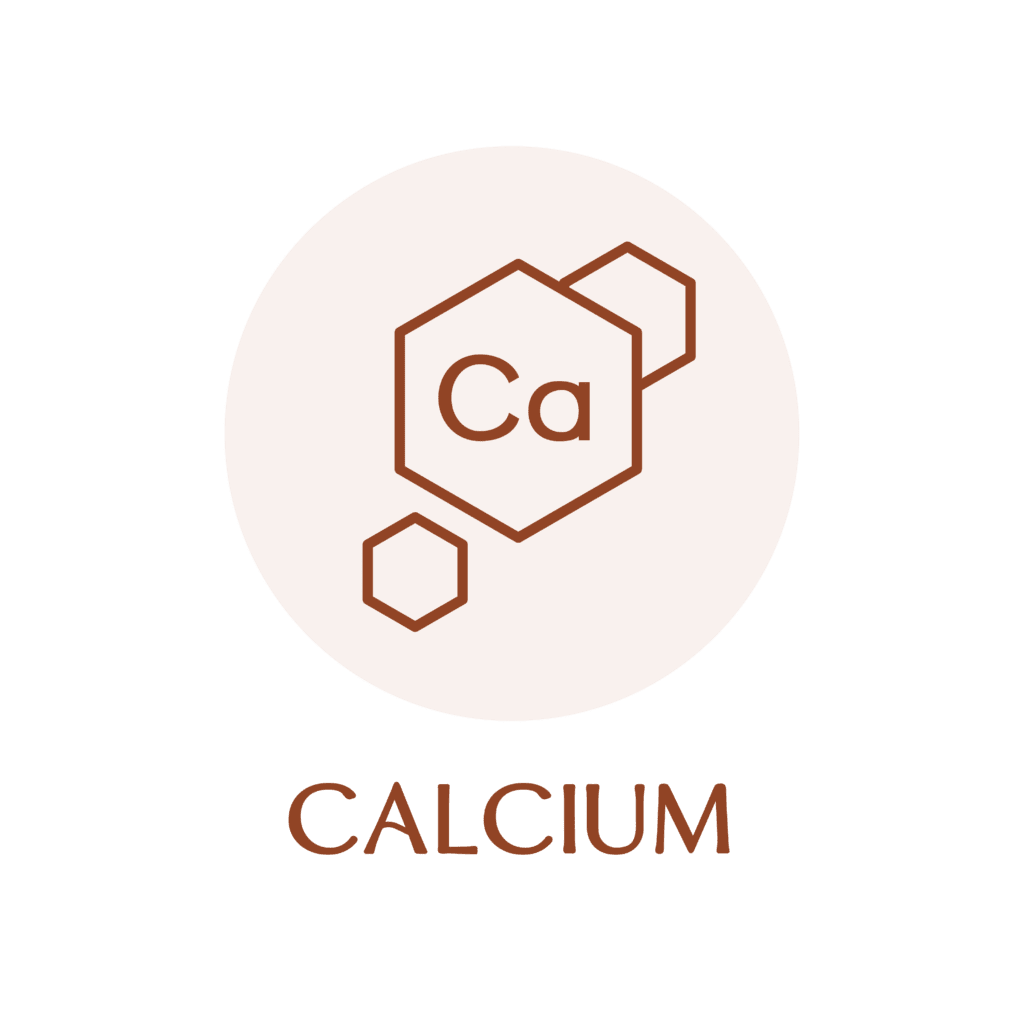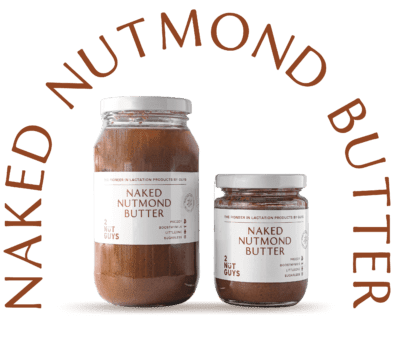Consumption Methodology for Little Ones (6 months and beyond)

Good nutrition is important to support an infant’s rapid growth and development especially in the first 2 years of life. Did you know that babies double their birth weight by 4-6 months of age and triple it by age of 1 year? Babies also increase their length by 50% during the first year of life and double it by 4 years. The brain is approximately 25% of adult size at birth and reaches 75% of adult size by 1 year. Because of this rapid rate of growth, nutrient needs are higher per kilogram of body weight than at any other time.
When to introduce solid foods?
Weaning process begins when solid foods are introduced into an infant’s diet as breast milk or formula milk alone is not sufficient to meet his/her nutritional needs after 6 months.
Babies are usually ready to be weaned when they reach certain developmental stages:
- Sit upright with good head control
- Able to pick up food and put in mouth
- Move food to the back of the tongue to swallow
Introducing solids at the age younger than 4 months is not recommended.
How to introduce solid foods?
Parents should introduce complementary food from a spoon, and never in a bottle. It usually starts with 1-2 teaspoons of food being offered once a day. Mid-morning is a good time for most babies as they are more alert and not too hungry. As the baby learns to manage solid food and begins to take more food, increase to 2-3 times in a day.
During the weaning process, breast milk or formula milk should remain as a staple part of the baby’s diet. Extra fluids may be required once babies start on solids.
What are the suitable foods?
The first foods offered should be iron-rich foods such as iron-fortified rice cereal, pureed meat, fish and poultry, or cooked tofu and lentils. Soft mashed fruits and cooked strained vegetables can also be included to provide vitamin C which enhances iron absorption. Aim to introduce a variety of foods from the four basic food groups (rice and alternatives, fruits, vegetables, meat and alternatives) by the end of first year to facilitate the development of healthy eating habits.
There is no recommended sequence in which these foods are introduced. However, it is important to introduce one new food at a time and wait for 3-5 days to observe for any allergic reactions such as rashes, difficulty breathing, diarrhea or vomiting. If your baby refuses a food, try it again. It may take 10-20 exposures before a food is accepted! Do not add salt, sugar, or seasonings into baby foods to encourage your baby to appreciate natural flavours. Common food allergens such as egg whites, nuts, wheat/gluten, fish, shellfish, soy products and dairy products can be introduced beyond 6 months of age.
What about the food texture?
As your baby grows and develops new skills, the form and texture of food should change. Three stages of weaning are outlined in the table below:
Table 1: Stages of weaning

How much food to feed?
Parents may wonder how much energy their babies really need in a day. Babies generally regulate how much food they take to achieve optimal growth. Parents need to be sensitive to infant’s hunger and satiety cues. Some of the hunger cues include sucking on fist, opening mouth, reaching for spoon/food, fussing sounds and crying which is usually a late sign. When they are full, you will notice they start to play with the spoon/food, slow down the pace of eating, turn their head away and some may even spit out the food. The effective method to determine whether your baby is getting enough energy is to monitor gains in weight, length, head circumference and then plot on growth chart. Exclusively breastfed infants and formula-fed infants grow differently. Healthy breastfed infants gain weight at a faster rate in the first few months and then more slowly for the remaining months of infancy when compared with formula-fed infants.
What are the important nutrients?

Besides getting enough energy, babies also need to have adequate protein intake for tissue replacement, deposition of lean body mass and growth. Human milk provides adequate protein for first 6 months even though it’s lesser than in infant formula. From 6-12 months, your baby needs to be supplemented with high quality protein such as strained meat/fish/chicken, tofu, lentils and yogurt. According to RDA Singapore, a baby who is less than 1 year old needs about 16-18g protein in a day.

The current recommendation for infants less than 1 year old is to consume minimal 30g of fat per day. Linoleic acid (Omega 6 fatty acid) is essential for growth and dermal integrity. Infants younger than 6 months of age require 4.4g of linoleic acid per day, whereas infants from 7 months to 1year require 4.6g per day. Smaller amount of α-linolenic acid (omega 3 fatty acid) about 0.5g per day should be included for all infants younger than 12 months. Linoleic acid can be obtained from most vegetable oils like safflower oil, sunflower oil, corn oil and sesame oil whereas α-linolenic acid comes from flaxseed oil, canola oil, soybean oil and walnuts.

Iron is an important element in blood production. Usually, full-term infants have adequate iron stores for growth up to a doubling of their birth weight which occurs approximately at 4 months. Hence, breast-fed baby are at risk for developing a negative iron balance and should receive additional iron by 4-6 months. The recommended iron intake is 7mg per day for baby from 0-12 months old. Foods high in iron include iron-fortified cereals, meat, legumes, nuts egg yolk and green vegetables. Iron deficiency in infancy has long-term cognitive effects eg developmental deficits and behavioural issues.

Calcium helps to form and maintain healthy teeth and bone. The recommendation is 300-400mg calcium per day for babies from 0 to 6 months and 400mg calcium for babies from 7 to 12 months. Breast-fed baby is able to retain 2/3 of calcium intake. Some of the calcium-rich food sources include dairy products (milk/cheese/yogurt), tofu, anchovies and green leafy vegetables.

Vitamin D helps the body to absorb calcium. However, human milk only contains ~20IU vitamin D per liter which is very far lesser than the requirement of 400IU/ 10µg per day for baby from 0 to 12 months old. Not to forget that in addition to dietary sources (like cod liver oil, salmon, mackerel, vitamin D-fortified milk and egg yolk), children obtain vitamin D through exposure to ultraviolet B sunlight. As little as 10 to 15 minutes of direct sunlight can generate 10,000 to 20,000 IU of vitamin D. Therefore, most breastfed infants can synthesize additional vitamin D through routine sunlight exposure.
Other feeding concerns
Babies should be seated in a safe high chair with minimal distractions from surrounding and be supervised all the time during feeding. Do encourage self-feeding by offering finger foods and be prepared for a mess!
Foods such as popcorn, whole nuts, raisins, grapes, stringy meats, hotdog pieces, foods with small bones, hard and raw fruits or vegetables (e.g. apple, raw carrot) are not recommended because of the risk of choking. Hard foods such as nuts, raw carrot and apples can be grated or cooked until soft. Whereas small round foods such as grapes and berries can be cut into bite-sized portion and served.
Do not introduce fruit juices (100%) before 6 months of age and limit it to no more than 120ml/day if given. Besides, cow’s milk should not be given as a main drink to infants under 12 months. Honey is also not recommended before 12 months of age as there is a risk of infant botulism.
Lastly, parents should adhere to food safety guidelines when preparing homemade baby foods to prevent food-borne illness.
Nutritional Information

- High in energy (196.4 kcal) and protein (6.2g) per serving (30g)
- Zero trans-fat and cholesterol
- High in omega-3 fatty acids (1.3g per serving) coming from walnuts and flax seeds
- No sugar and salt added
- Fibre-rich of 2.5g per serving
- Low in sugar at 1.5g per serving

- Galactogogues used: Almonds
- No sugar and salt added
- High in energy (195kcal) and protein (7.2) per serving
- Zero trans-fat and cholesterol
- Fibre-rich of 3g per serving
- Low in sugar (0.9g per serving)
Recommended Intake

storage instructions




